Why communications infrastructure is key to community disaster resilience
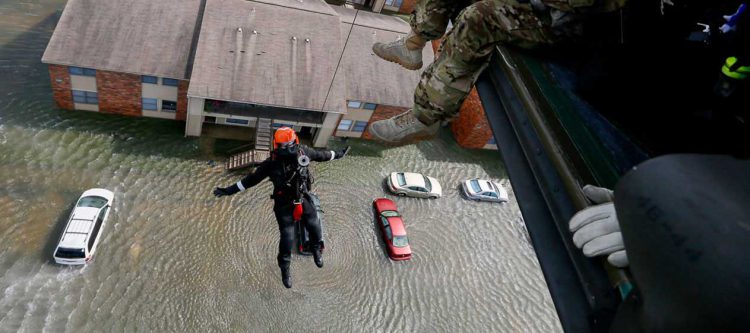
The past few months have been witness to a number of devastating natural disasters with no end in sight.
Australian firefighters are still battling against a “mega blaze” that has burned more than 12 million acres of land and killed over 800 millions animals. On January 7, Puerto Rico was rocked by the largest earthquake to hit the island in more than a century — impacting communities that are still recovering from Hurricane Maria. Tens of thousands of people are fleeing the Philippines, fearing a volcanic eruption triggered by recent earthquakes.
In these natural disaster-prone regions, the promise and potential of “community resilience” is becoming increasingly important. Only recently added to the guiding national security doctrine of the United States in 2017, community resilience is the sustained ability of a community, at various scales, to utilize available resources to respond to, withstand, and recover from adverse situations and disasters.
An understanding of your community’s critical infrastructure is central to any resilience-building strategy. Many first responders are probably all too familiar with the theory of cascading failures — a phenomenon where one essential system’s failure leads to another system’s failure. Most times, our critical transportation, energy, and communications systems are interconnected — and rescue and response teams can quickly be left with little options once one system starts to fail.
However, communications are arguably the most important infrastructure during natural disasters, because all other infrastructure (as well as factors such as emergency response and public awareness) are likely to depend on them. Cale Teeter-Gregg, Director of Public Safety for goTenna (now VP, Federal Sales), recently joined Heather Cotter, Executive Director of the International Public Safety Association (IPSA), for a webinar discussion on this topic, and how emergency managers can start learning more about their community’s underlying infrastructure in order to improve their emergency communications planning.
The webinar outlined three disaster case studies with different communications challenges. In each example, there was a hard, but important lesson learned: every piece of our communications infrastructure and planning needs a resilient and redundant backup system in place.
Let’s dive into each of those case studies more closely — but you can also check out the full recording here.
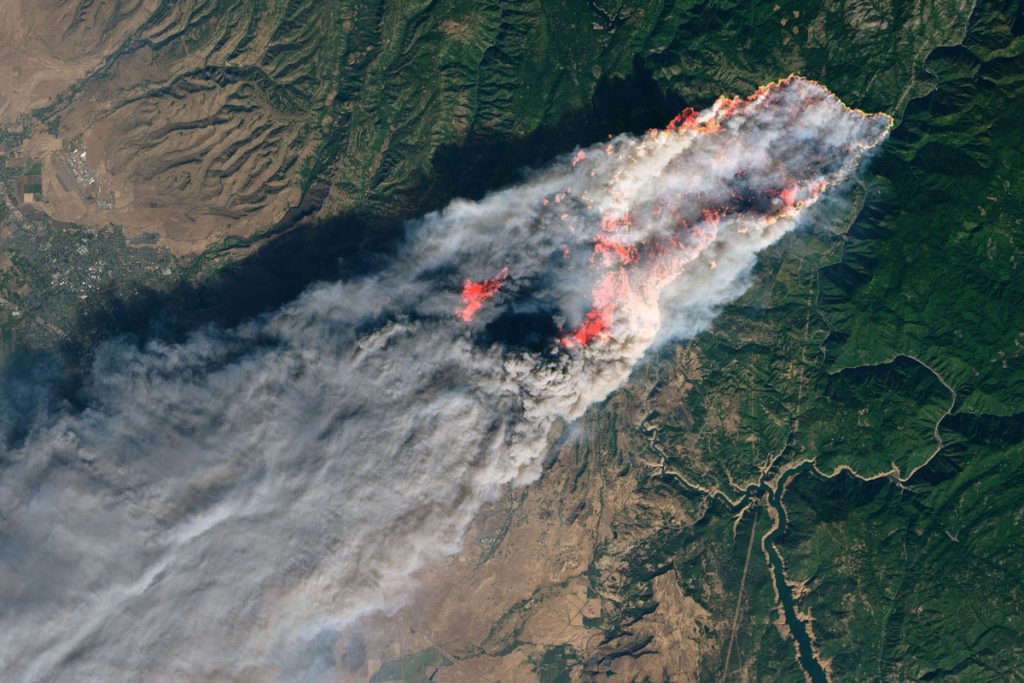
Camp Fire and the need for redundant emergency notifications
It took 17 days to contain the Camp Fire inferno in northern California. But not before 14,000 residences were destroyed and 85 people died. When the initial phone-based alerts failed to reach two-thirds of residents via the emergency notification system, many residents and community-goers were left without a clue of the destruction ahead. So, what happened?
Seventeen towers essential for the distribution of emergency electronic notifications were destroyed within the first day of the Camp Fire — a mere foreshadowing of the 66 towers lost in total. While there were multiple takeaways from the Camp Fire, a lesson learned is that when operating with one emergency alert system, which is standard for most agencies, always be prepared to deliver messages in alternative ways — this might mean communicating with stakeholders and the public via social media or even through printed materials.
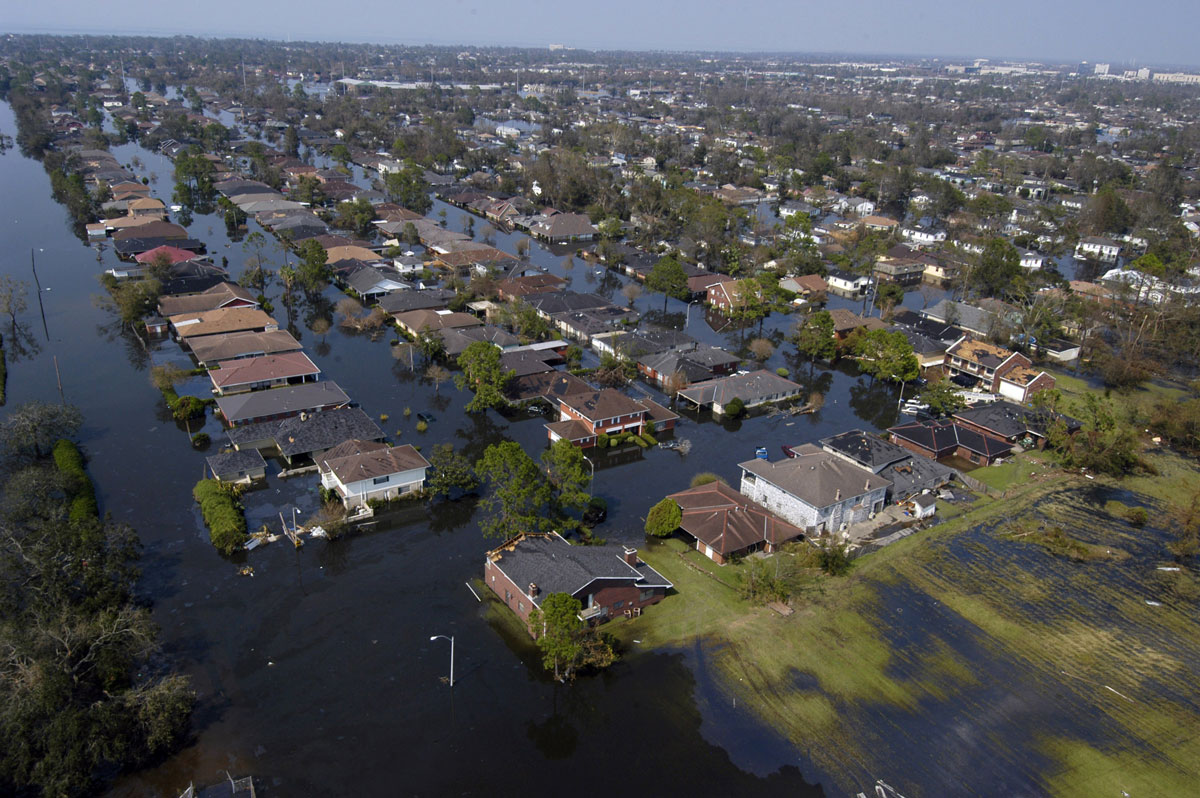
The 2017 flooding crisis in New Orleans and the importance of refreshing standard operating procedures
A heavy rain pour in New Orleans escalated to a flooding crisis when the city’s Emergency Operations Center failed to receive timely and accurate messages on the pumps and drainage system status. What was communicated to the public was that there was no cause for concern. Soon thereafter, a state of emergency was declared for the mass flooding — several hours after the pumps had not been functioning correctly.
While there was nothing wrong with the communications infrastructure in this particular emergency, city officials were not keeping the lines of communication open, especially with stakeholders. Testing and revisiting standard operating procedures (SOP) allows for more streamlined communication and better coordination when critical systems are failing.
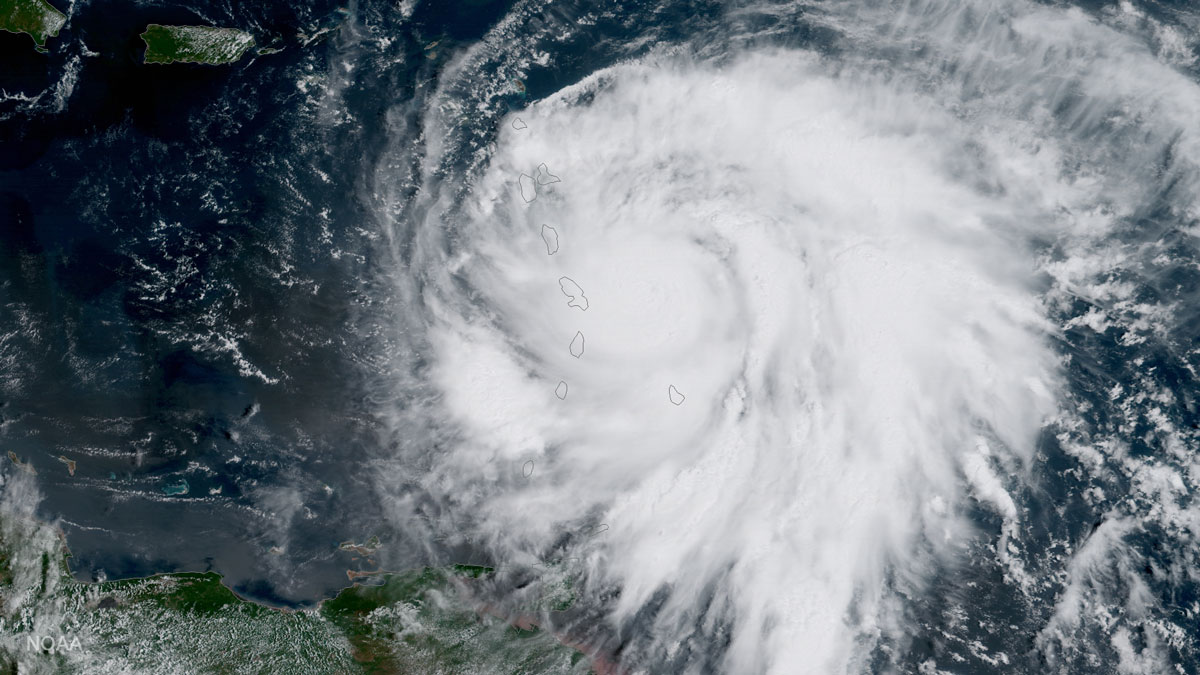
Hurricane Maria and failures with centralized communication
Hurricane Maria marked a catastrophic loss of communications infrastructure. At the storm’s worst point, 95.6 percent of cell sites were down, the majority of TV stations were not operational, and one third of AM and FM radio stations were out-of-service. While this caused a host of problems with the response and recovery efforts, the biggest lesson learned is that some systems will consistently be vulnerable to risk. This is where mobile mesh networking technology comes in handy — ensuring emergency response teams can stay connected even when centralized cell, wifi, and satellite services are unreliable or unavailable.
Ultimately, every emergency communications plan will be shaped by the next disaster. Our communities grow stronger and more resilient when we share lessons learned about the common challenges we face, and consistently make improvements to the technology and tactics designed keep people safe.
goTenna and IPSA will be collaborating on another webinar for emergency managers in February. Click HERE to register for “How to Implement a Mobile First Strategy for Emergency Management.”


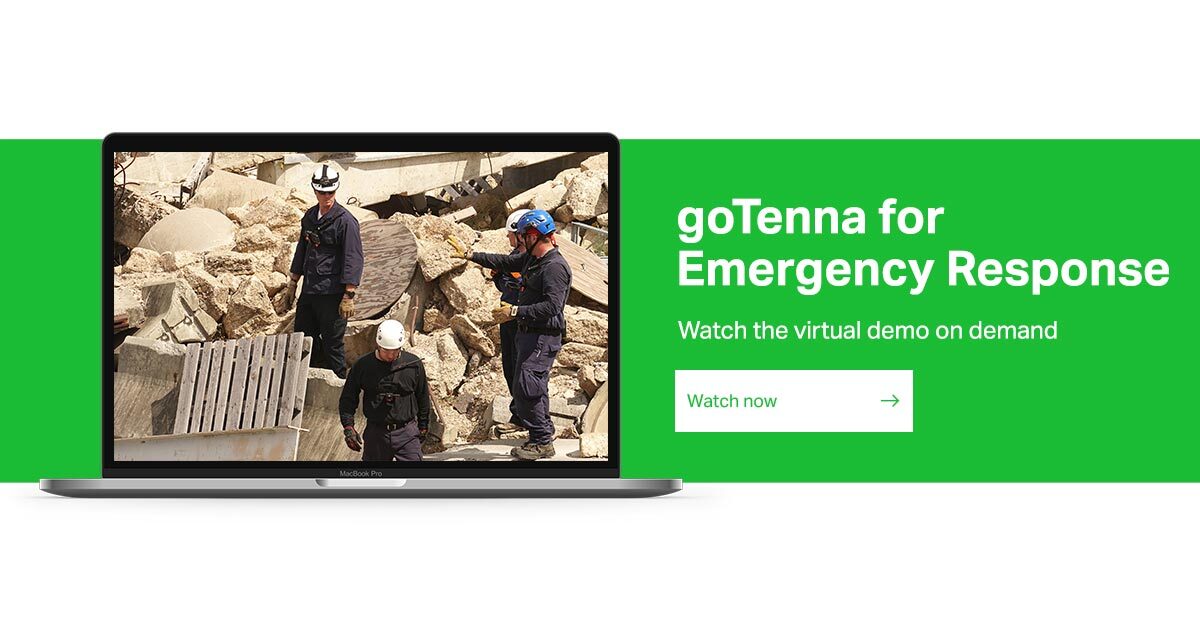
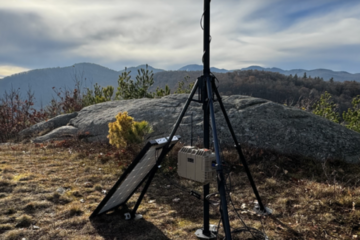
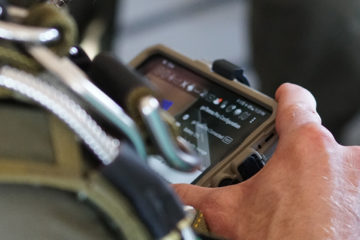
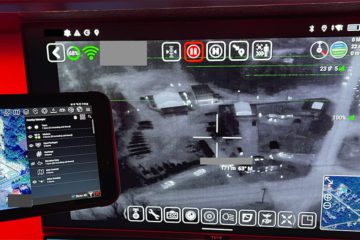


No Comment